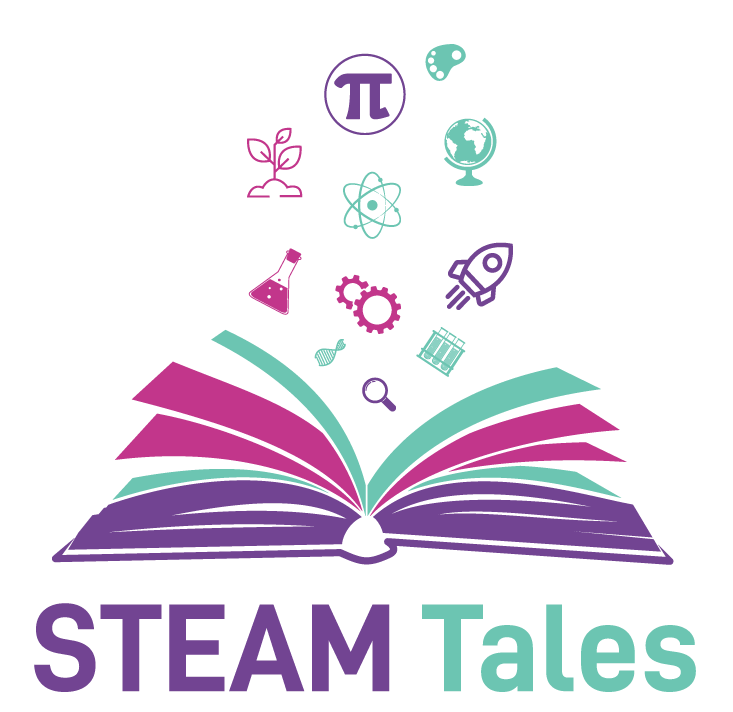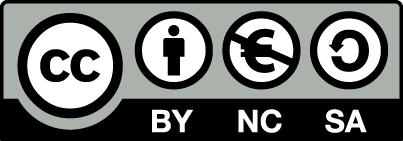The primary goal of the STEAM Tales project is to promote STEAM education through storytelling, aiming to increase girls' interest in STEAM topics. To achieve this, the project partners (MIND, GoINNO, U.PORTO, CESIE and LogoPsyCom) developed educational resources to equip and empower primary school teachers with everything they need to promote STEAM successfully.
The partners are excited to share the project’s key outputs:
The Guide consists of five main chapters: it offers an explanation about what STEAM is and how it works with a storytelling approach, one can learn about barriers that girls face in STEAM, about ways to empower educators for STEAM learning and how to cultivate curiosity in girls and empower them in STEAM. As its title suggests, it offers an introduction to important topics that the project covers.
The Assessment Protocol is a tool that was created to help primary school teachers choose the most suitable story and lesson plan for their classroom by taking into account the curriculum, children's perceptions of gender stereotypes and their interest in STEM fields.
To guide this choice, a questionnaire
for children has been created. Its purpose is to help teachers explore children's perceptions of gender and STEAM in their classroom and choose a suitable lesson plan based on this information. Once the results from the questionnaire are known, the teacher can use a reference table of female STEAM role models
to select the best story and lesson plan for their classroom.
The core of the project is embodied in the following two materials:
STEAM tales Stories: An E-book containing 12 stories of inspiring women in STEAM
Teachers should start lesson plans by reading one of the stories from this E-book. We created 12 biographical stories, and all of them are inspired by remarkable women who have worked or are working in the STEAM fields to offer a role model to young pupils, especially to girls. All 12 stories are based on biographical facts that are arranged following the Hero’s journey model of storytelling. The E-book includes women from different countries (2 Germans, 1 Iranian, 2 Italians, 3 Portuguese, 1 Senegalese, and 3 Slovenians), ethnicities, and religious backgrounds. The narratives trace their journeys from childhood to successful careers, highlighting challenges and achievements, accompanied by engaging illustrations. The main aim of these stories is to offer women role models in STEAM fields and to show pupils, especially girls, that dreams can be achieved no matter where you come from or what race or religion you belong to.
By clicking the link, you can access a collection of 12 downloadable booklets
that were carefully selected and prepared to meet the needs of teachers as well as pupils between the ages of 6 and 9. Once the story has been read and a particular STEAM field explored through the story in a relatable way, a hands-on activity that relates to the role model's field of work can start.
Each booklet contains two lesson plans
that are connected to each of the role models that were introduced through 12 stories. At the centre of each lesson plan is an exciting hands-on experiment that children can perform themselves, with a list of needed materials and clear step-by-step instructions. Moreover, lesson plans are designed to guide teachers on how to engage and inspire pupils as each LP offers an introduction, research question, conclusion, explanation of the experiment, and even a scientific background section, aimed at supporting teachers in deepening their understanding of the activity.
As the final resource of the project, building on the Introductory Guide and complementing the role model stories and lesson plans, this guide is designed to support primary school teachers with different techniques and implementation strategies to engage girls aged 6 to 9 in STEAM. Its content covers topics such as storytelling in an inclusive classroom, creating an effective educational story, implementing storytelling in the classroom, assessing through storytelling, and adapting storytelling into the curriculum. It provides tools and resources to challenge stereotypes and foster curiosity, critical thinking, confidence, and engagement through narrative-based learning.
This report summarises the results of the materials developed in the context of the project that were piloted in primary schools in the five partner countries, between April and May 2025. This initially unplanned website output offers valuable insights and serves as a great bonus for anyone interested in the project’s piloting results.
All project outputs are available on the webpage under ”Resources” in five languages (English, French, German, Italian, Portuguese
and Slovenian)* . You can also access each document by clicking the titles listed in this article. The STEAM tales team hopes these resources will help educators spark an interest in STEM in all children, especially in young girls. Who knows, one day we might even read a story about some of today's pupils becoming scientists who shaped our future!
* Except for the originally unplanned website output, Final report on the assessment of the impact of STEAM Tales resources on children that is only available in English.








